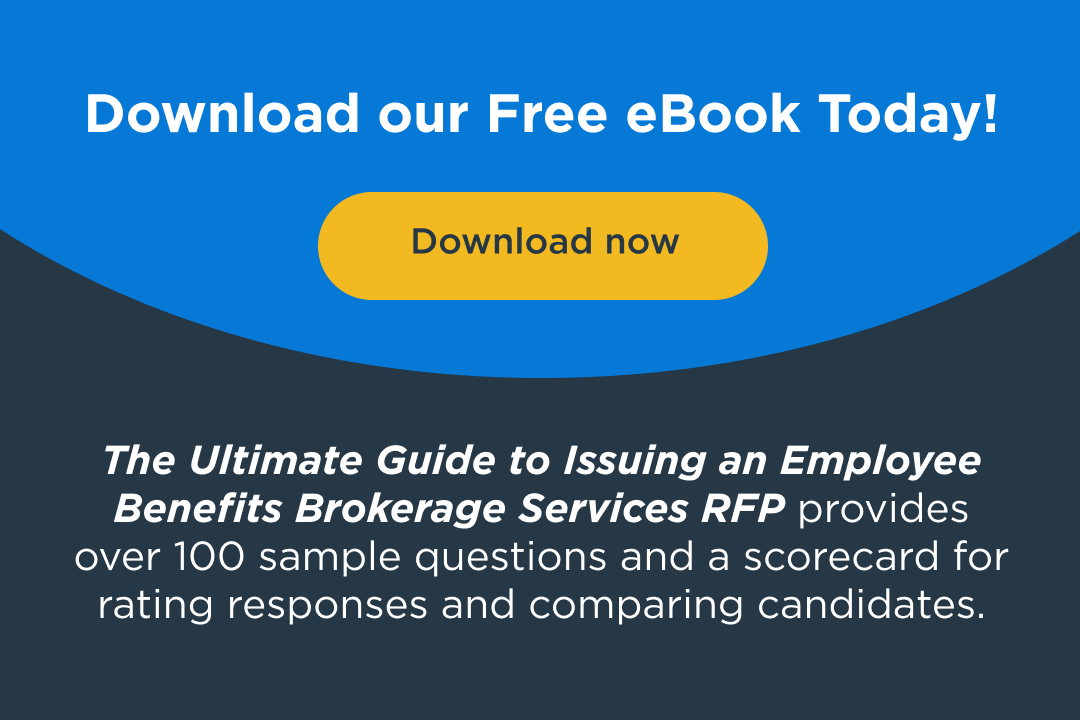Take Charge of Soaring Healthcare Expenses; An Employer Roadmap
April 1, 2025

Healthcare spending is projected to climb another 8% in 2025, adding to steep increases over the past two years. Employers nationwide are grappling with surging insurance premiums and seeking strategies to rein in costs without sacrificing employee care.
Why Costs Keep Climbing
- Medical Inflation: Healthcare prices rise faster than those in other sectors.
- Chronic Conditions: More employees are living with long‑term illnesses.
- Staff Shortages: Limited clinical personnel drives up labor expenses.
- Specialty Medications & Technologies: Cutting‑edge gene therapies, oncology drugs, and GLP‑1 treatments like Ozempic now top $1,000 a month, fueling a 13.7% jump in prescription drug spending in 2023—well above the expected 9.8%.
The Employer Burden
Over the past decade, family health premiums soared 52%, from $16,834 in 2014 to $25,572 in 2024, with employers covering three‑quarters of that expense. Faced with these rising costs, many companies have shifted to high‑deductible plans, passing more financial responsibility onto employees—and putting recruitment and retention at risk.
Strategies to Lower Your Spend
- Data‑Driven Insights
Small and mid‑sized employers can now tap into powerful claims analytics. These insights reveal cost drivers and guide targeted interventions. - Clinical Informatics
Beyond “what” is driving costs, HUB Infused Analytics™ shows you “why” and recommends actions to improve affordability and outcomes. - Contract Audits
Rigorous reviews of PBM and provider agreements can uncover hidden savings. One client renegotiated a pharmacy contract and secured a $750,000 first‑year refund. - Alternative Funding Models
Self‑funded plans, group captives, and other innovative structures can lower premiums and align incentives for better health results.
Partner with a seasoned benefits advisor to turn data into action and stabilize your healthcare spend. With proactive planning and the right tools, you can build a sustainable benefits program that supports your people—and your bottom line.


